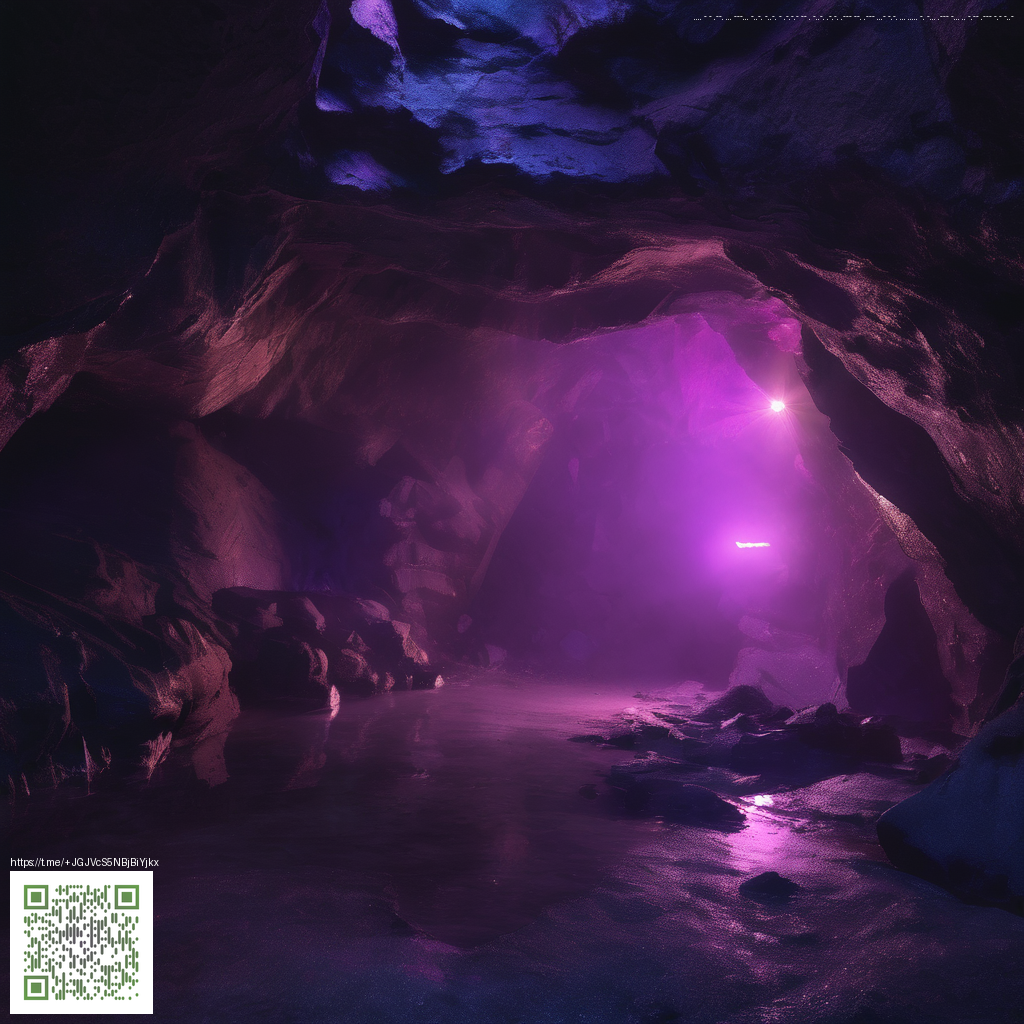
Data source: ESA Gaia DR3
Unveiling a distant blue beacon with Gaia's color-magnitude diagram
In the Gaia DR3 catalog, the color-magnitude diagram serves as a celestial census, mapping a star’s color against its brightness to reveal its stage in the life cycle. The diagram helps astronomers distinguish scorching blue stars from cooler red dwarfs, and it highlights unusual travelers that illuminate the galaxy’s outskirts. The star Gaia DR3 4685944564196121344 emerges as a striking example: a distant, hot blue star whose light travels across roughly 100,000 years to reach our detectors. Its placement on Gaia’s diagram hints at a luminous career arc that stretches far beyond the solar neighborhood.
What the numbers say about a blue giant far away
- teff_gspphot ≈ 35,541 K places this object in the blue-white category. At such temperatures, a star radiates strongly in the blue part of the spectrum, giving it a distinctly pale-blue glow when viewed with the right instruments. The color index BP–RP ≈ 0.22 corroborates this blue-white classification, contrasting with the warmer oranges and reds of cooler stars.
- Radius and luminosity: radius_gspphot ≈ 4.79 solar radii indicates a star larger than the Sun. Combined with its high temperature, this suggests substantial intrinsic brightness—a hallmark of hot, luminous stellar types that contribute significantly to Gaia’s color-magnitude map even when they sit at extraordinary distances.
- Distance and location on the sky: distance_gspphot ≈ 29,662 pc (about 29.7 kpc), translating to roughly 97,000 light-years. That places Gaia DR3 4685944564196121344 in the Milky Way’s distant halo, far outside the crowded neighborhood around our Sun. Its coordinates, RA 12.0624°, Dec −73.1891°, place it in the southern celestial hemisphere, a region where the Milky Way’s disk thins and halo stars become more prominent in surveys like Gaia DR3.
- Apparent brightness: phot_g_mean_mag ≈ 15.41. This magnitude is far too faint to see with the naked eye in any sky, but it is within reach of modern telescopes and, of course, precisely measurable by Gaia. The faintness in our night sky belies the star’s intrinsic brightness, which Gaia helps reveal by combining color and luminosity.
“A single data point on the color-magnitude diagram can illuminate a star’s past and its place in the galaxy.”
That sentiment captures the power of Gaia’s approach. When Gaia DR3 4685944564196121344 sits on the blue end of the diagram, it signals a hot atmosphere and high energy output. Yet its exceptional distance renders it a rare tracer of the Milky Way’s outer reaches—the halo region where ancient stellar populations and dynamic histories converge.
Why this star matters for our understanding of the Milky Way
The Milky Way is not a simple, flat disk. It is layered, with a glowing, busy disk surrounded by a sparse, extended halo. Distant blue stars like Gaia DR3 4685944564196121344 act as signposts for the halo’s structure and history. Their presence helps astronomers probe questions such as how the halo formed, whether stars were accreted from smaller galaxies, and how the outer galaxy has evolved over billions of years. The color and brightness information from Gaia’s observations allows researchers to place such stars within a broader evolutionary context, even when they sit near the edge of detectability.
The color-magnitude diagram is more than a chart; it is a narrative tool. For Gaia DR3 4685944564196121344, the combination of a very blue hue, a substantial radius for its type, and a distance close to 30 kpc tells a story of a luminous engine blazing at a great distance. It invites astronomers to model its possible origin—whether it is a hot, young-type star still burning brightly in a remote halo pocket, or a hotter, evolved star that has taken a different path through its life. The diagram helps distinguish among these possibilities and anchors them to observable properties that Gaia provides with exquisite precision.
From a practical perspective, the star’s distance also underscores the scale of modern astronomy. At nearly 30 kpc away, Gaia DR3 4685944564196121344 resides well beyond our solar neighborhood and toward the galaxy’s outskirts. Its light, traveling tens of thousands of years to reach Earth, offers a glimpse into a different region and a different epoch of the Milky Way. This is the cosmic perspective Gaia makes possible—a reminder that our world is part of a much larger, interconnected celestial tapestry.
For curious readers and stargazers who enjoy connecting data with wonder, Gaia’s color-magnitude diagram is a doorway. It turns abstract numbers into a picture of stellar life cycles, revealing how temperature and brightness map onto real, physical processes across the galaxy. And when you couple that diagram with precise distances like the one we see for Gaia DR3 4685944564196121344, you begin to grasp not only where a star is, but what it is doing and why it matters to the story of the Milky Way.
As you continue exploring, consider how your own observations might complement Gaia’s findings. Whether you’re peering through a telescope, studying stellar spectra, or simply scrolling through Gaia’s extensive catalog, the color-magnitude diagram remains a remarkable bridge between light and understanding. And if you’re in the mood for a practical companion during late-night research sessions, a high-quality gaming mouse pad can keep your workspace comfortable as you navigate the stars.
Gaming Mouse Pad - Custom 9x7 Neoprene with stitched edge
This star, though unnamed in human records, is one among billions charted by ESA’s Gaia mission. Each article in this collection brings visibility to the silent majority of our galaxy — stars known only by their light.